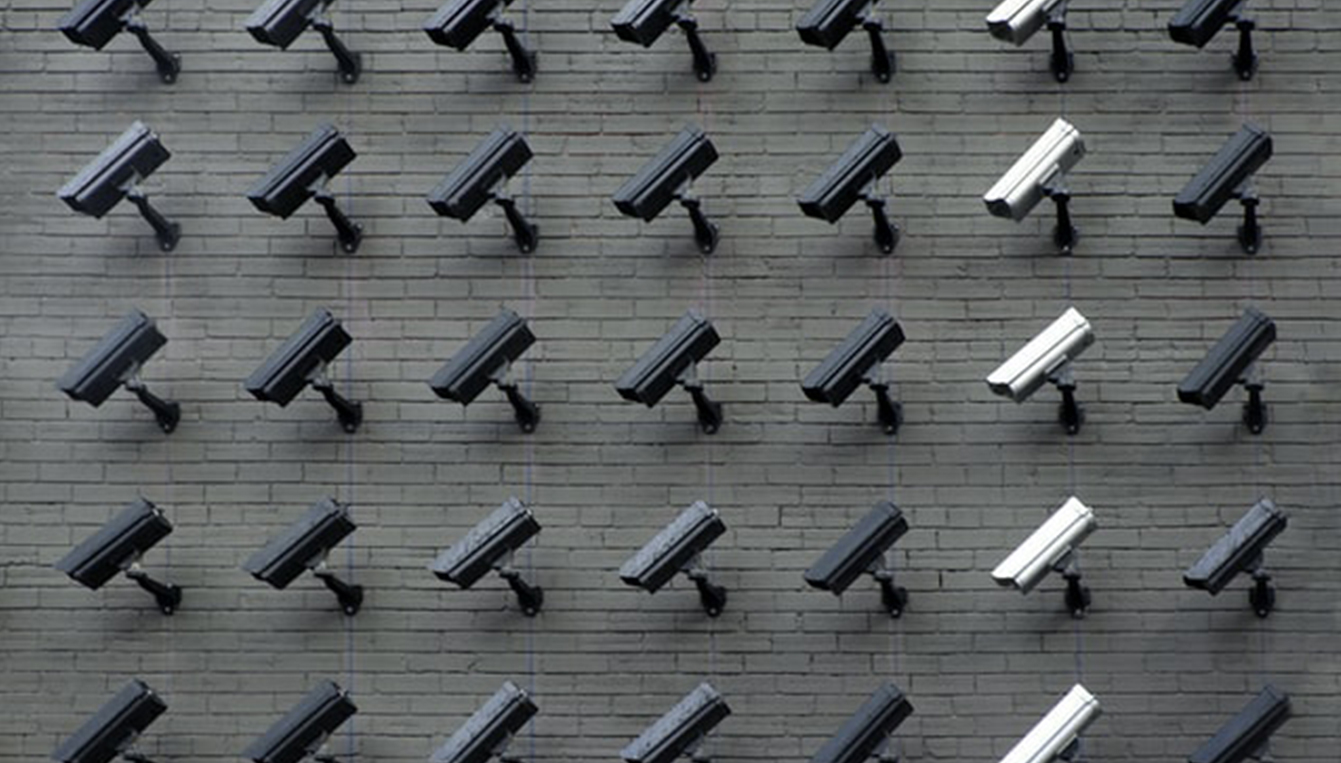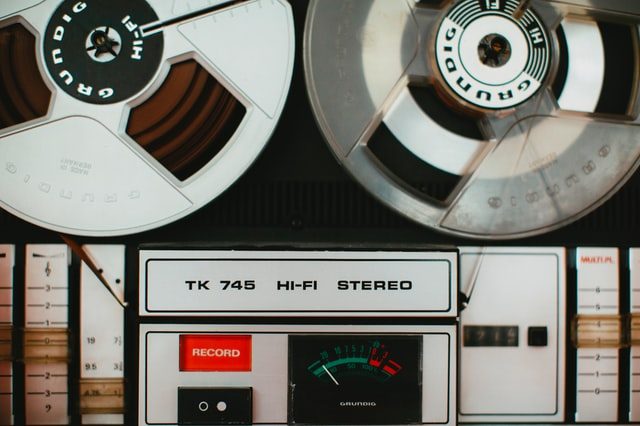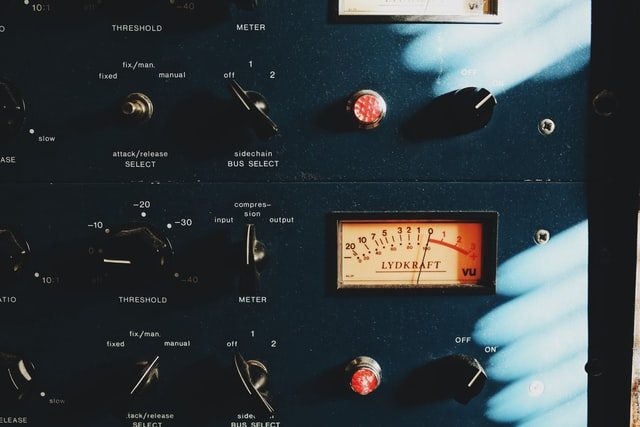Alex Odom
Data Centers | Market Leader
Associate Principal

When people see sound measurement equipment they often picture a much different world of acoustics, filled with intrigue and espionage. Stories of spies capture our attention, whether at the movies, in the history books, or in the latest articles about smart devices in our homes listening to us.
Spy films are filled with all kinds of gadgets, from the simplistic to the complex. At the simple end of the spectrum, we can press a glass to the wall to hear what is going on in the adjacent room, or communicate via tin cans connected by string. To encourage exploring the science of acoustics at home, Acentech’s Colin Worrich demonstrated how this can and string trick works.
At the complex end, the iconic spy van is often equipped with an acoustic telescope. The acoustic telescope takes advantage of the unique shape of the parabolic reflector (similar to a satellite dish) which collects sound and reflects it to a common focal point where the microphone is placed. What used to be seen only in the movies, is now commonplace at sporting events. The long-range microphone is perfect for picking up the action on the field from the safety of the sidelines.
Francis Ford Coppola’s 1974 film The Conversation explored themes of paranoia surrounding wiretapping. When it was released shortly before Richard Nixon resigned as president, many thought it was a commentary on Watergate, but its script was finished in 1972, months before the scandal had become public. This coincidence came about from the diligent background work of the film’s technical advisers who used real spy equipment in the film.
Like The Conversation, many spy films were inspired by real events that occurred during the Cold War, where acousticians in the United States and the Soviet Union pushed to develop more advanced acoustic surveillance devices.

Soviet Union scientist Léon Theremin, famous for the invention of the eponymous instrument, was also tasked with creating new surveillance technology. Perhaps his most successful invention was the Great Seal bug, a remotely activated passive microphone that was concealed inside a wooden plaque that was given as a gift to the United States Ambassador to the Soviet Union in 1945. It remained in the embassy for seven years before it was discovered. Theremin’s “bug” was the predecessor to modern RFID technology. He also developed a laser microphone that could decode noises from the tiny, sound-induced vibrations on a surface like a glass window.
In perhaps the most bizarre attempt at espionage, the CIA launched Project Acoustic Kitty in the 1960s, where they implanted a cat with a microphone and radio transmitter. The Acoustic Kitty led an attempt to spy on the Soviet embassy, which allegedly failed when the cat was struck by a taxi almost immediately after its release.
Spy techniques are not limited to tiny microphones, they can even be built into the architectural acoustics of a room. Whispering galleries produce a similar effect to the parabolic microphone, where the curved ceilings and walls redirect sound to a focal point so a listener can eavesdrop on a whisper across the room. People visiting Boston can experience this bizarre focusing effect at the Mapparium where the focusing is due to a unique spherical shape. Museums love to show off this effect, but you can also find this in unexpected places like Grand Central Station in New York.
Acentech is tied to the acoustics spycraft of the Cold War Era through our predecessor BBN. During the Watergate scandal, BBN was asked to provide acoustical expertise to investigate the missing minutes in Nixon’s presidential tapes. While this was certainly interesting from a historical and scientific standpoint, that’s where surveillance connections end for Acentech.

Either in the home with smart devices, or on the streets with police surveillance technologies, privacy concerns arise. In Cambridge, Massachusetts, where Acentech is headquartered, there are ordinances in place that require community oversight over surveillance technology.
But what about that microphone on the end of the sound level meter? While some meters can record sound, the vast majority do not. The data that is stored by the meter is little more than sound level (loudness) in decibels at specific frequencies. It is not possible to recreate the input sound from the meter’s output data. If, however, the sound level meter is configured to record sound, the engineer needs to be very aware of the local privacy laws where the meter is located.
The typical meter measuring only the sound level only tells part of the picture. Two sounds can have the same sound level in decibels – even the same frequency content in octave bands – but one sound may be much more pleasant to the ear. This makes it hard to predict community response to noise based only on the sound level. Consultants at Acentech are working to develop tools that utilize machine learning to be able to identify the sounds we are measuring without having to make a recording of the sound. With this tool, we could better distinguish between the disruptive sound of an emergency vehicle and the sonorous singing of a bird right next to our sound level meter.